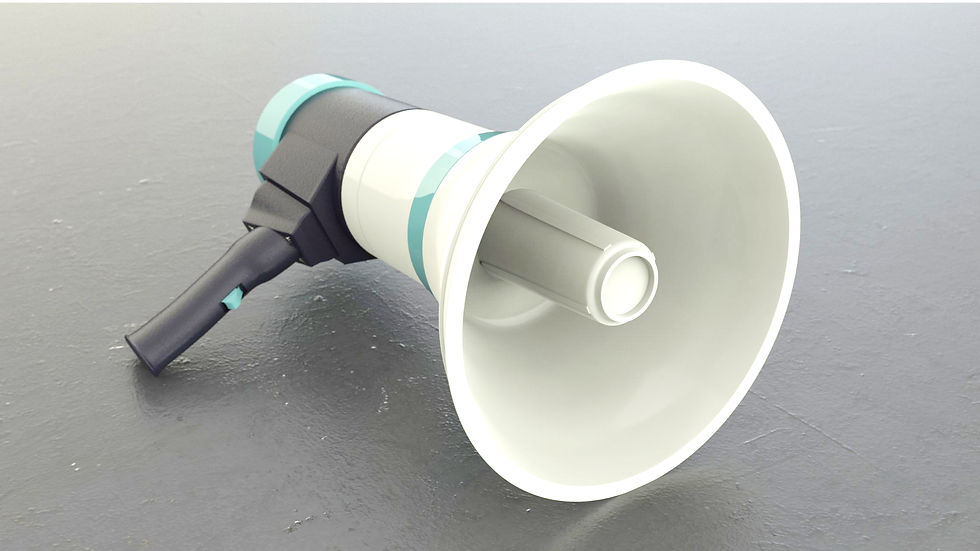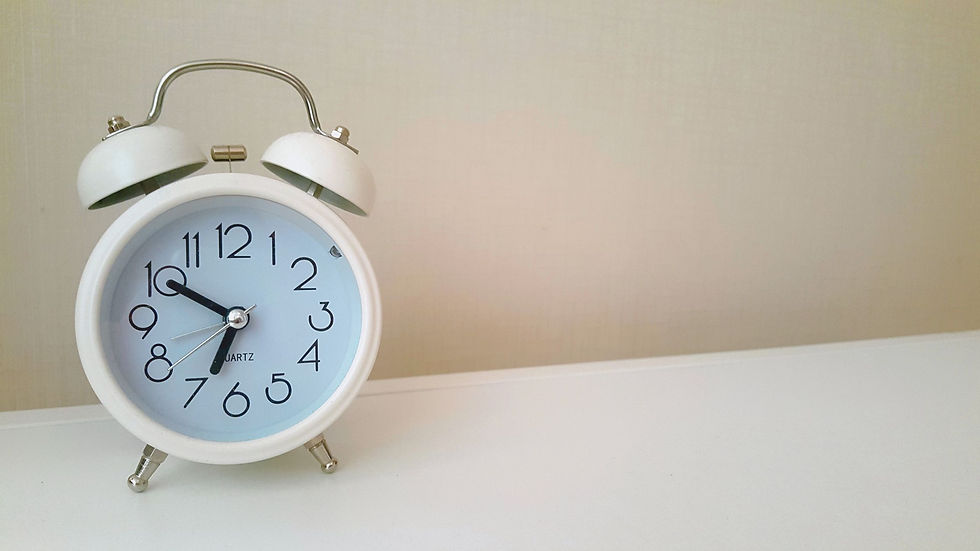House Style vs. Your Style
- Adrienne

- Sep 7, 2023
- 3 min read
What does it mean for a recipe to have style?

Writing can sometimes feel like you’re having a conversation with your readers, your thoughts flowing easily from your keyboard to their screen. But if you’ve ever had a friend fill in the blank for you when the correct word was on the tip of your tongue, then you know that it just doesn’t work as well in the written form. Breakfast could end in a dry crumbly mess if you just assumed your reader would know they need heavy whipping cream when your recipe simply said “cream.” Too many incorrect or imprecise phrasings in your writing and you may send a reader looking elsewhere.
It’s important to take note of how you say things by making a style sheet so that you say them consistently and correctly.
House Style
Most publishers, including magazines, newspapers, and large websites, will have their own in-house style guide for writers and editors to refer to. This guide will provide examples of what is called the “House Style” and will outline specifics of word choices, spellings, formatting, and syntax followed by all writers who work for the publisher. This house style is what gives a collection, magazine or website a cohesive feel despite there being any number of contributing authors. If you are working for a publisher (or pitching to one) and they haven’t provided a style guide to you, look through a sample of their published recipes or articles. You will start to notice common phrasings and spellings as well as other nuances like whether they prefer to include the brand names of ingredients or not and how they like to abbreviate commonly used words.
Style Maker
If you have your own blog or self-published works, you have likely developed your own style as you established your writers’ voice. You might choose more conversational words when explaining techniques or use words related to the cultural background of the food being described. Perhaps you use industry terms that would speak to your target readers in the culinary industry. But no matter how you write or who you’re writing for, as your body of work grows it’s important to have a point of reference that will stop you from having to scroll through numerous documents just to check whether you’ve been calling it confectionary sugar or powdered sugar and whether your steps are typically outlined with the number “1”, “one”, or none.
Creating and using a style sheet is a crucial part of editing your work. This document should capture all the spelling, editing, and stylistic decisions made throughout your writing in order to ensure readers have all the information they need at hand when reading your work. It records things such as how numbers are presented, which abbreviations are acceptable and how to use them, and the spelling of uncommon words or proper names.
A style sheet is not a record of every corrected typo or grammatical mistake but instead an organized list of stylistic choices made when writing the document. It should be formatted such that it can be easily referred to by yourself when writing or by any editor or author you work with in the future.
Once you've created a style sheet for your work, should you add to the original or create other pieces of writing in a series, you can use the style sheet to guarantee that they share the same voice. With recipes, it means that each one you write will be aligned with the ones that came before and those that will come after. This can allow you to create recipe collections or re-use seasonal recipes with little additional work needed, no matter how long has passed between the first post and the latest.
Capturing Your Style
An experienced editor will almost always create a style sheet as part of their editing process (even if it’s only to make their own job easier). Once the editing is complete, you or your editor can then refer to that document for any amendments or additions to the original work or any related future works. If you write shorter pieces frequently or are interested in self-editing, you can also request that a style sheet is created specific to your writing for your own use. In this case, the editor would use a sample of your work to develop a guide for you to use and improve going forward.
If you have any questions about style sheets or style guides, please contact me. I’d be happy to discuss what might be included in a style sheet, how to use one, or developing one just for you.



